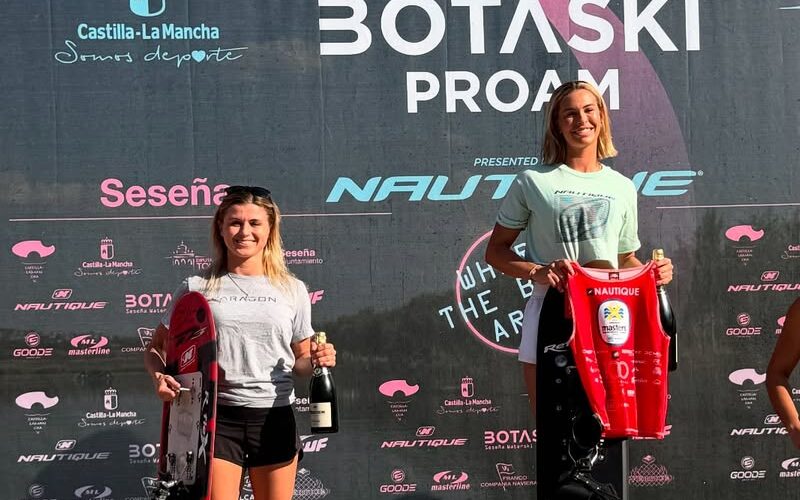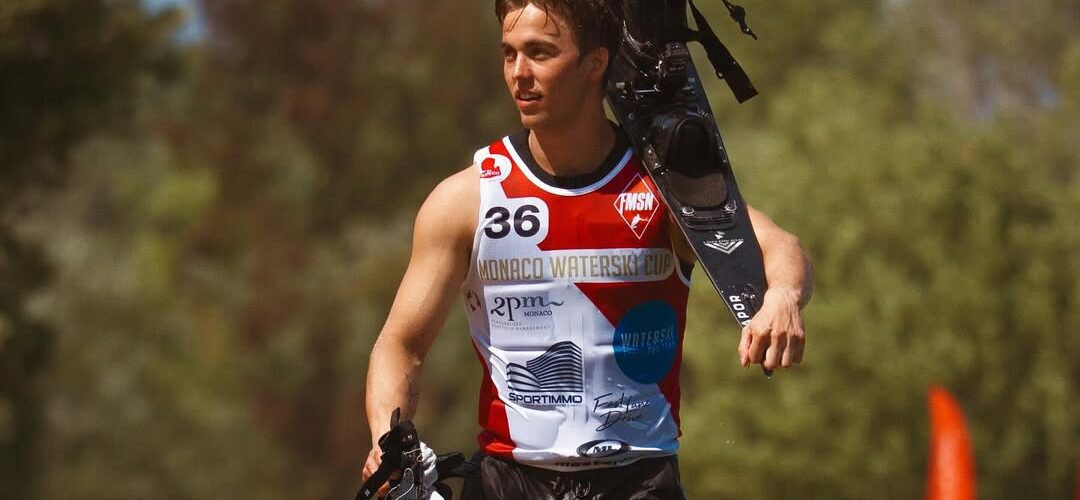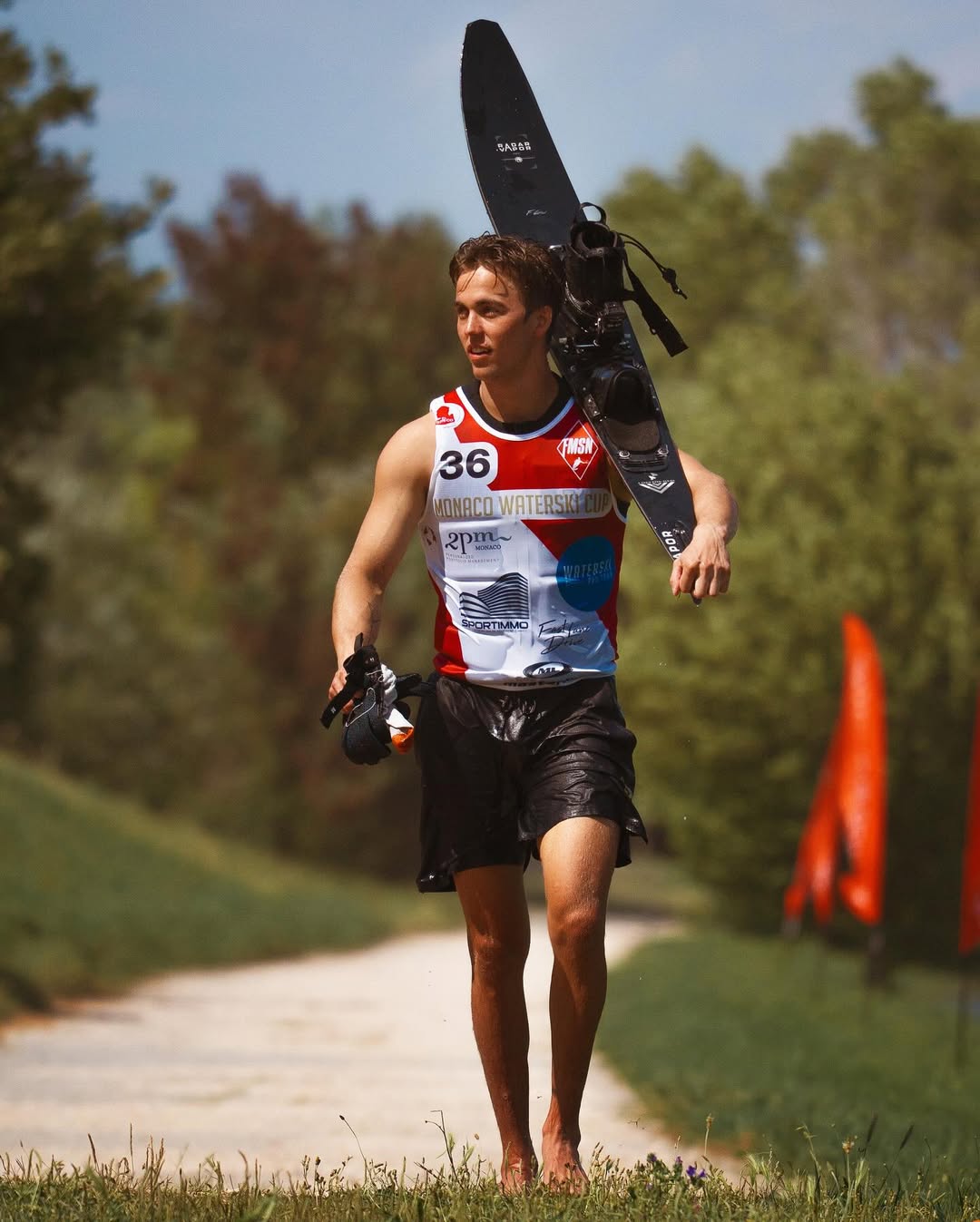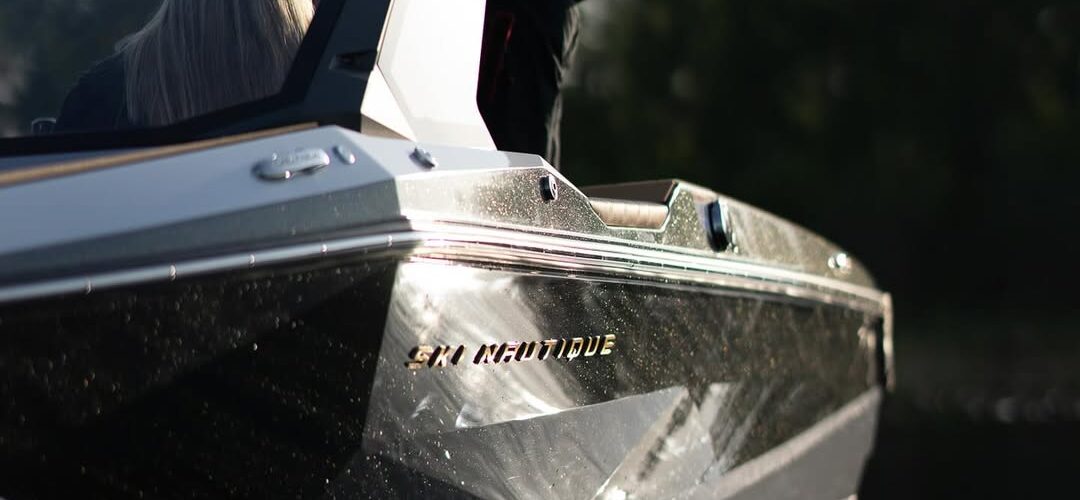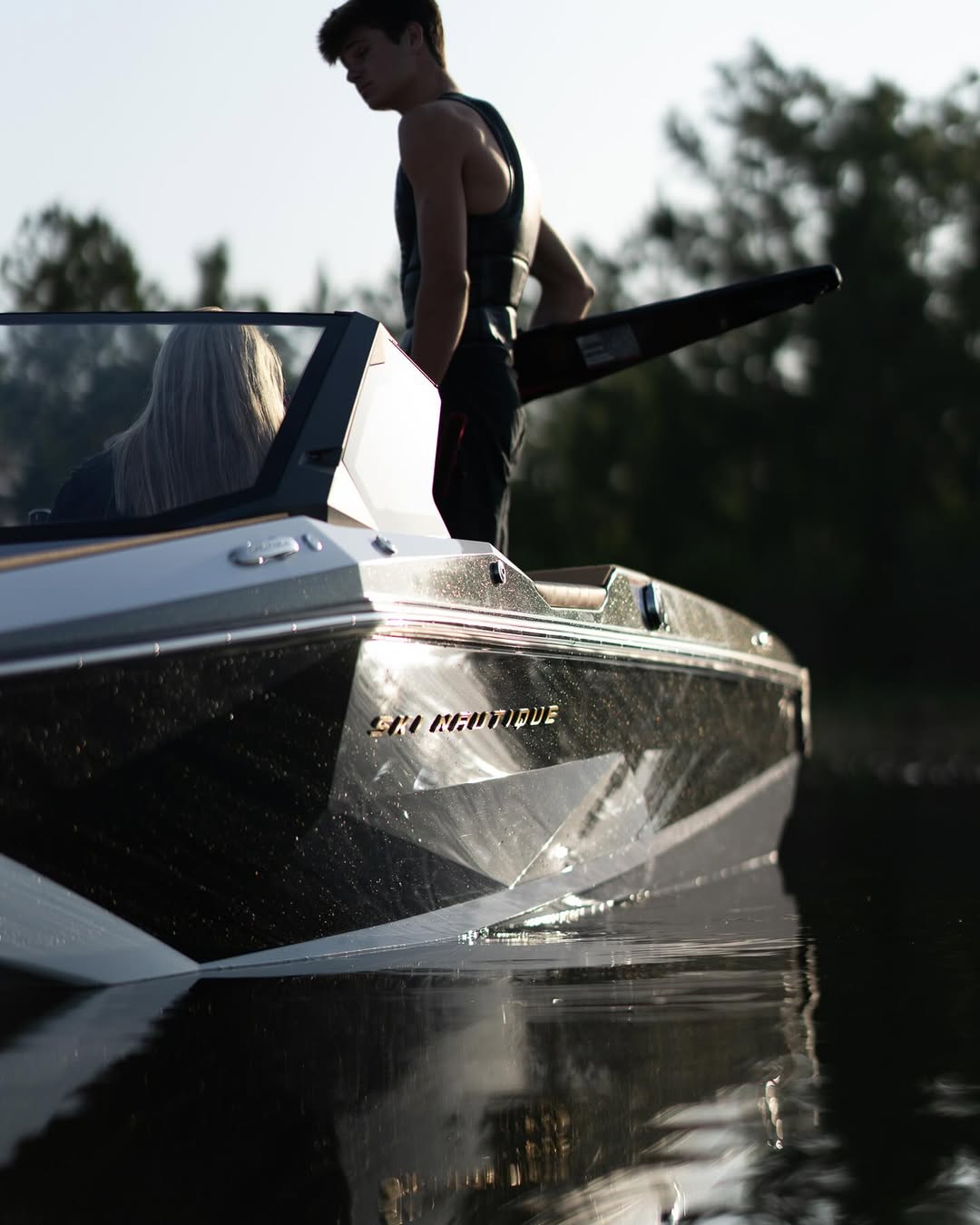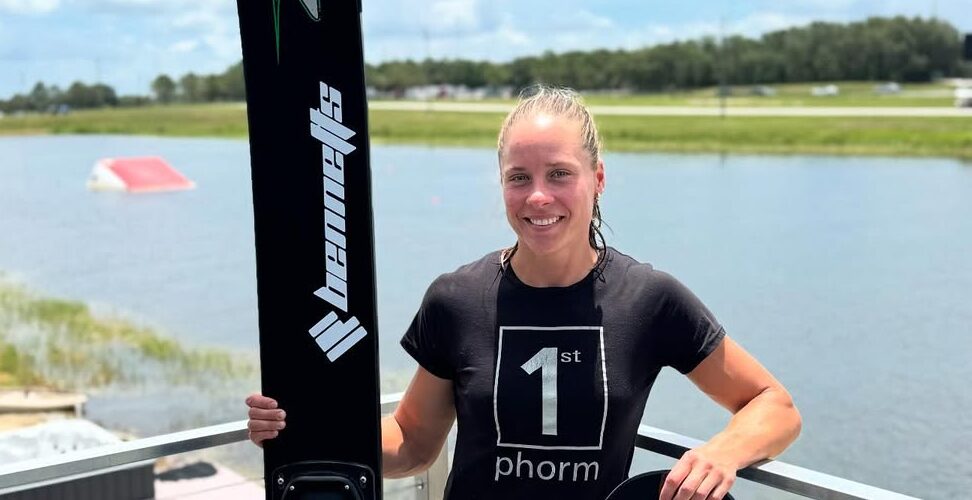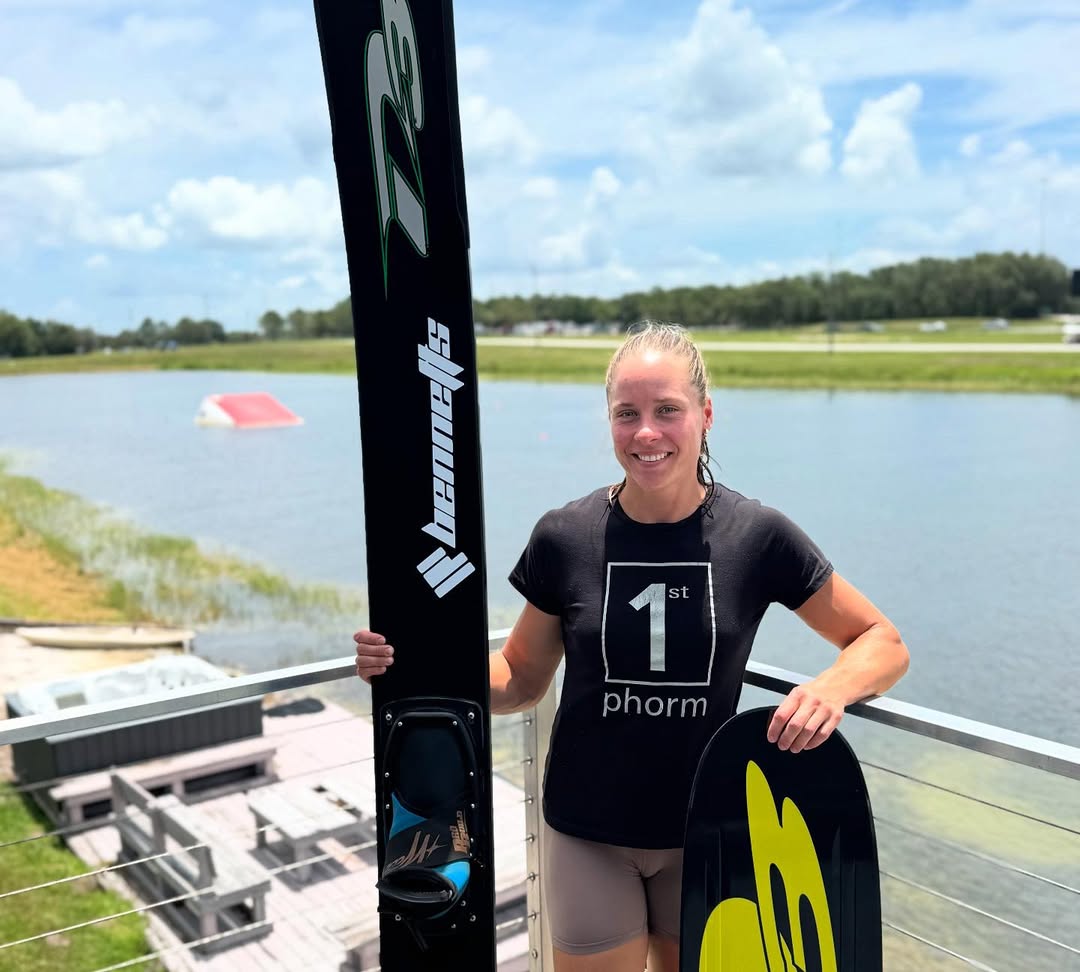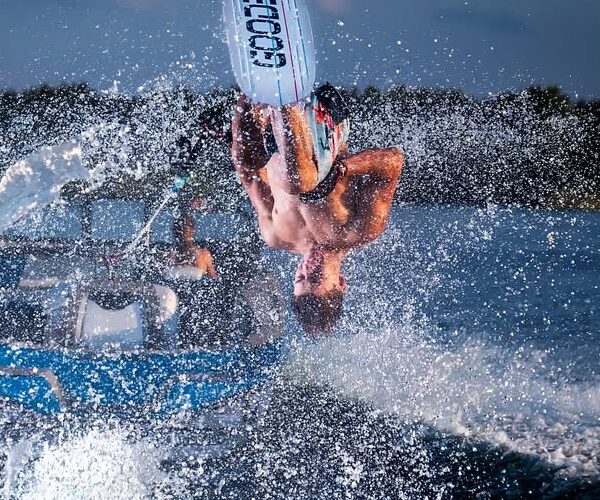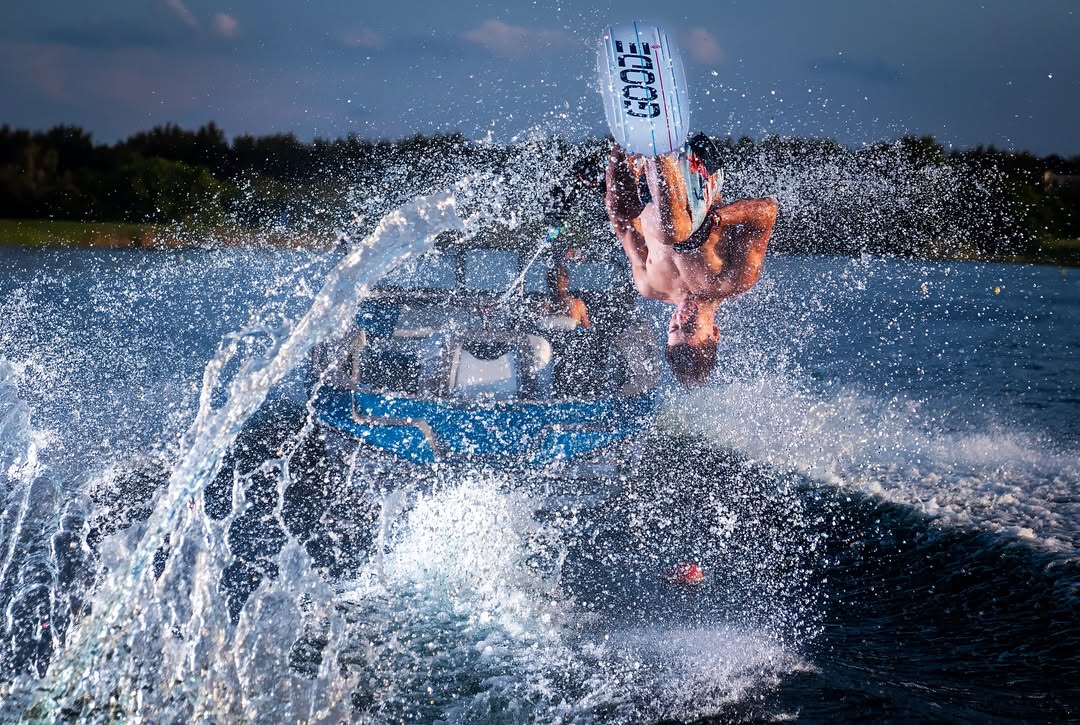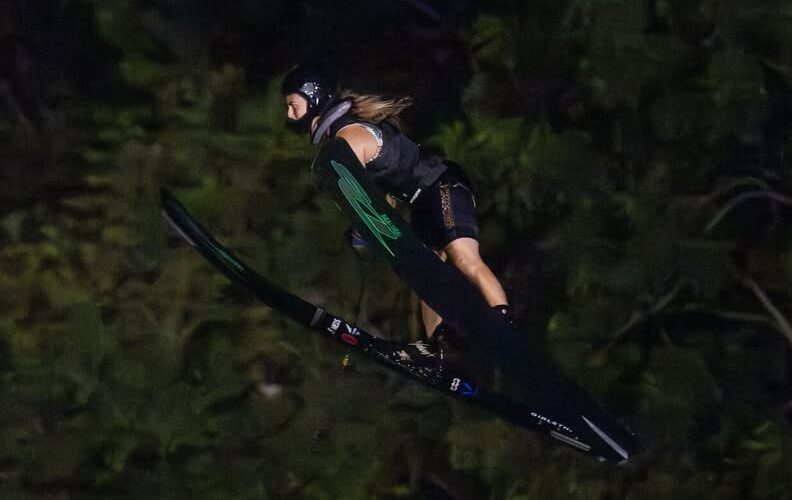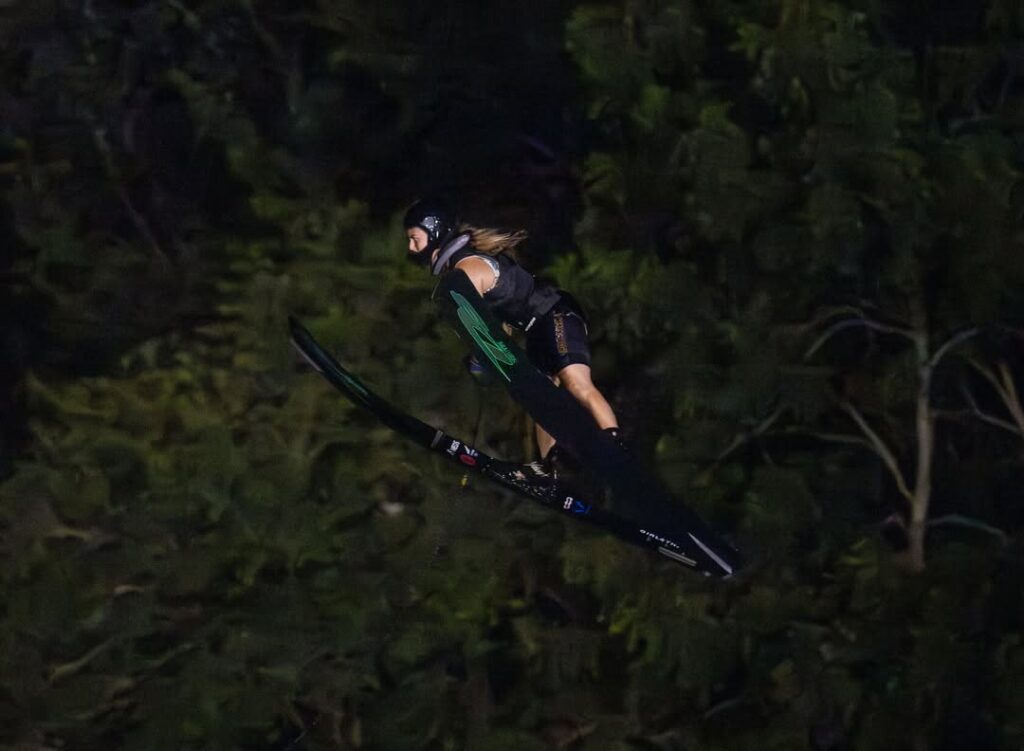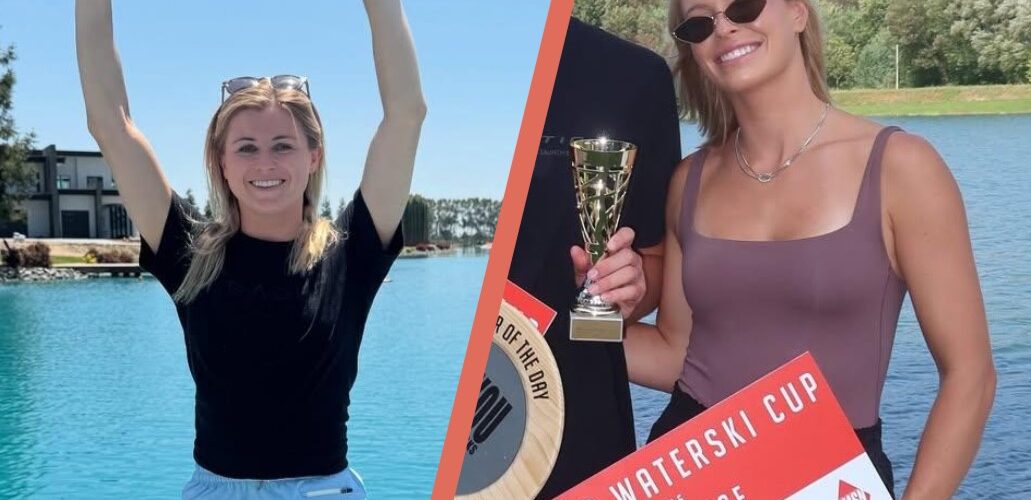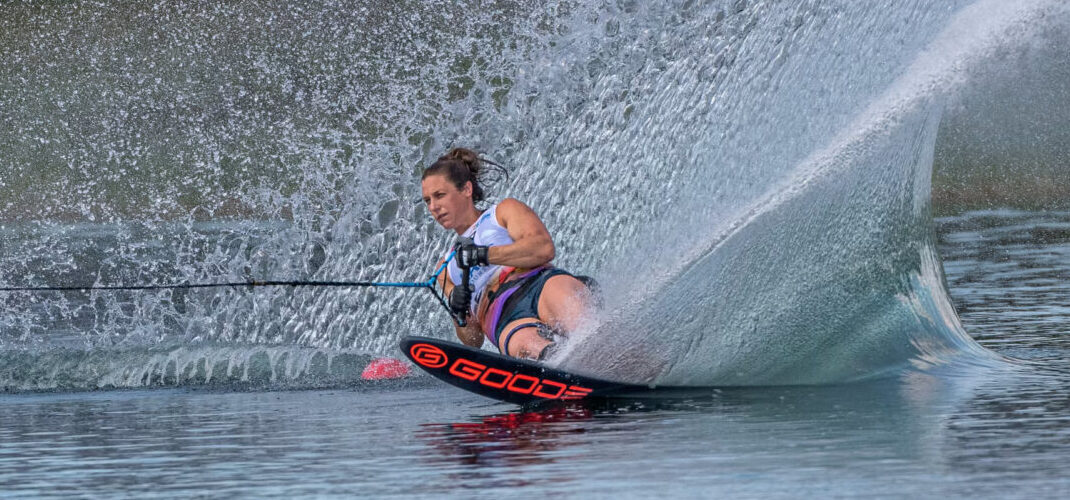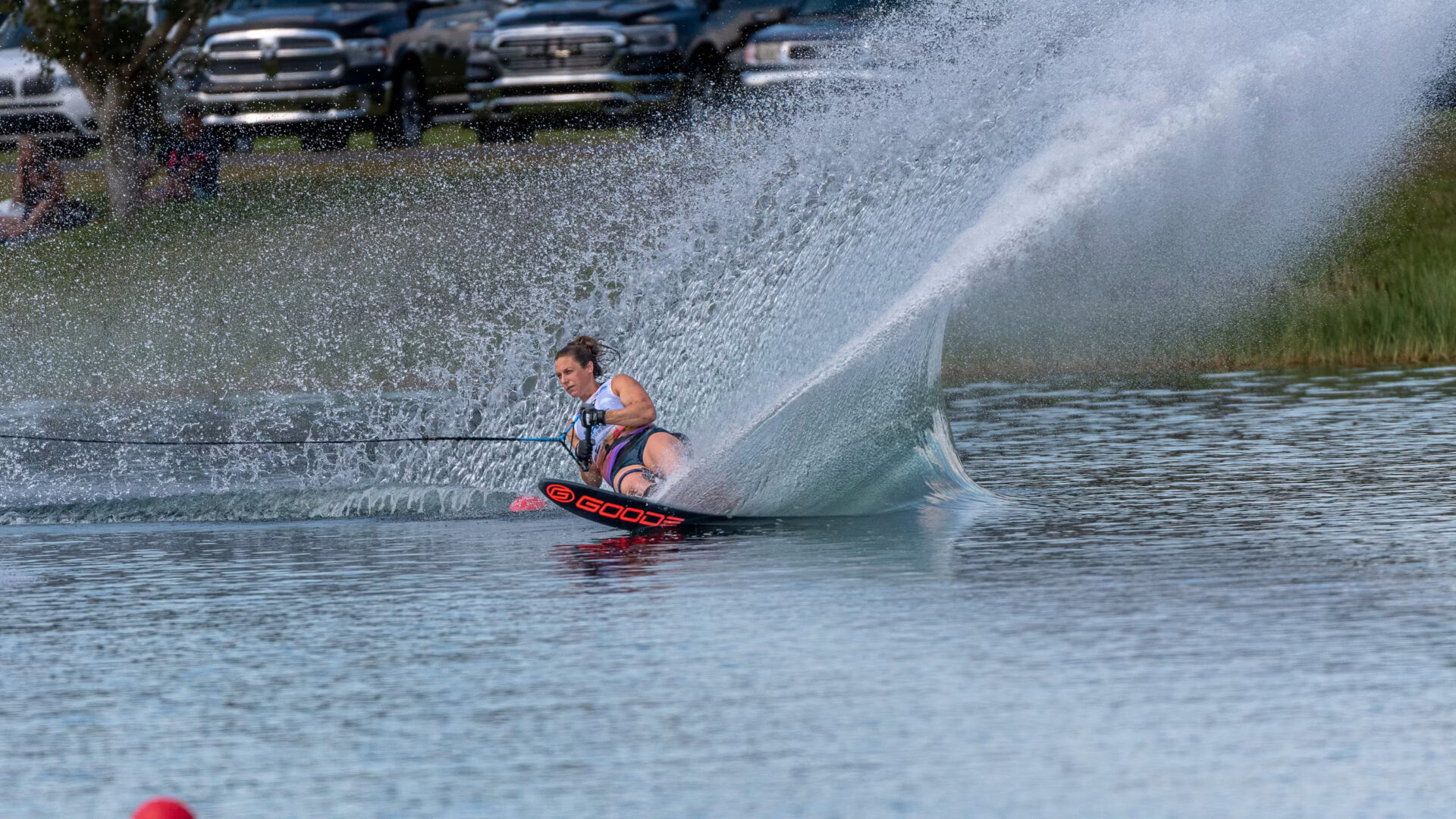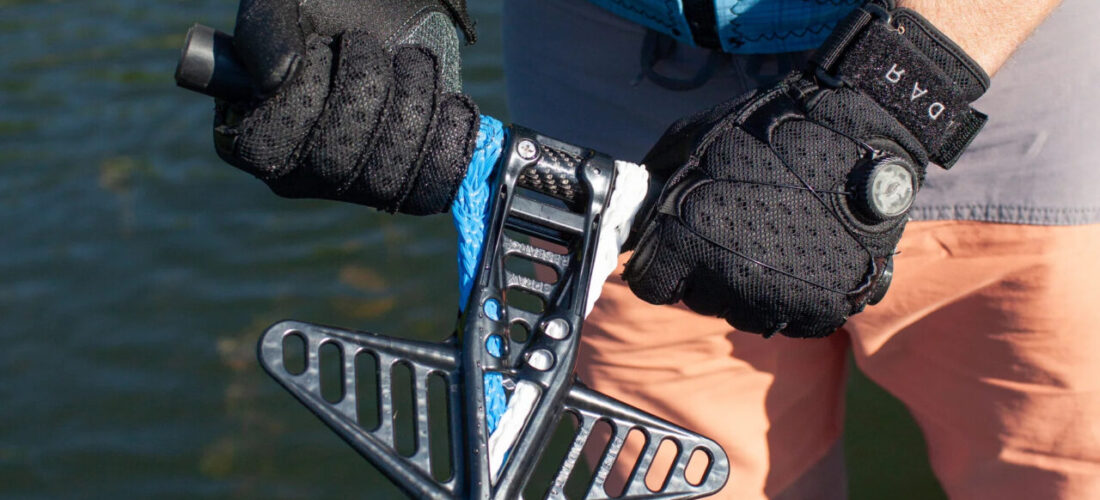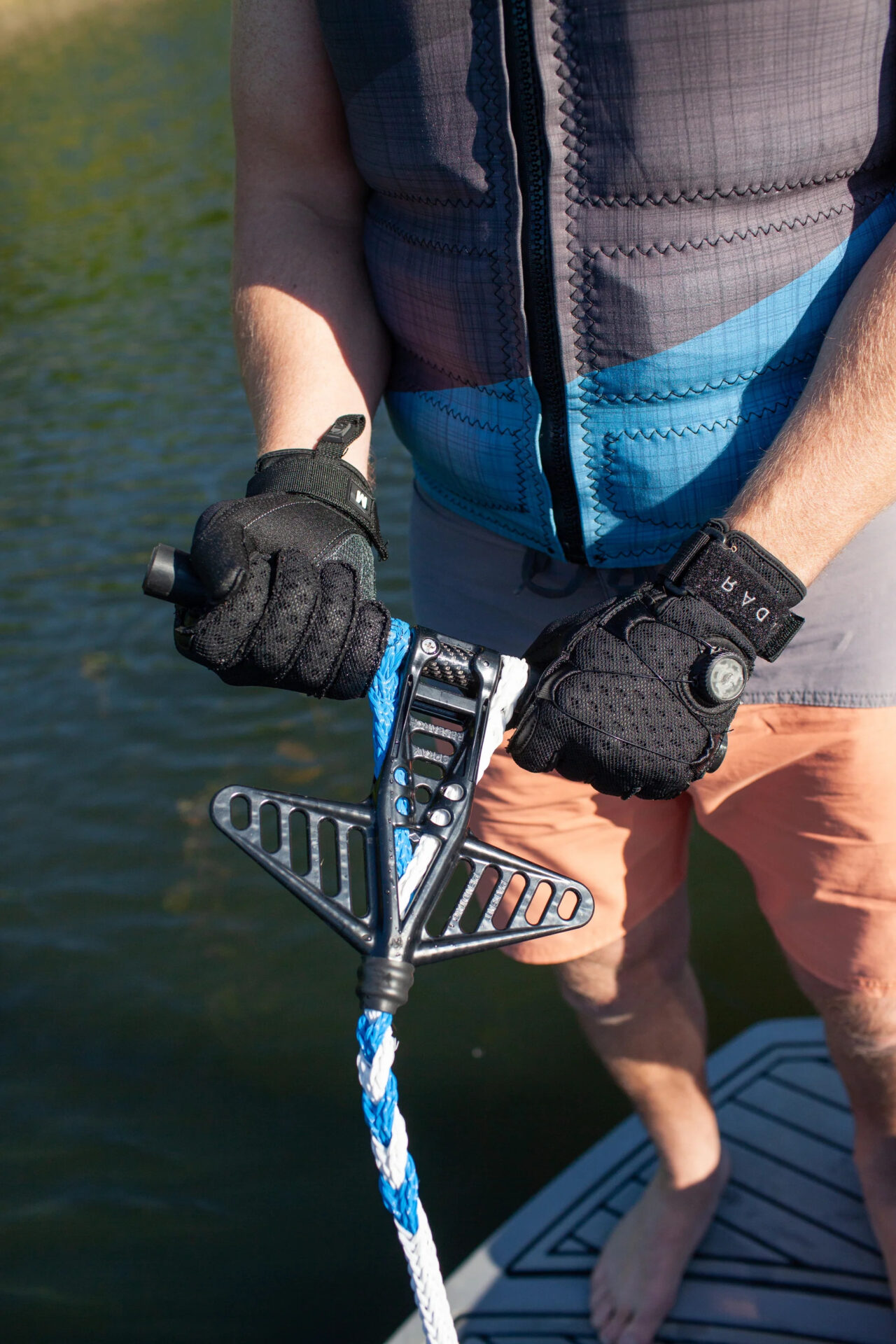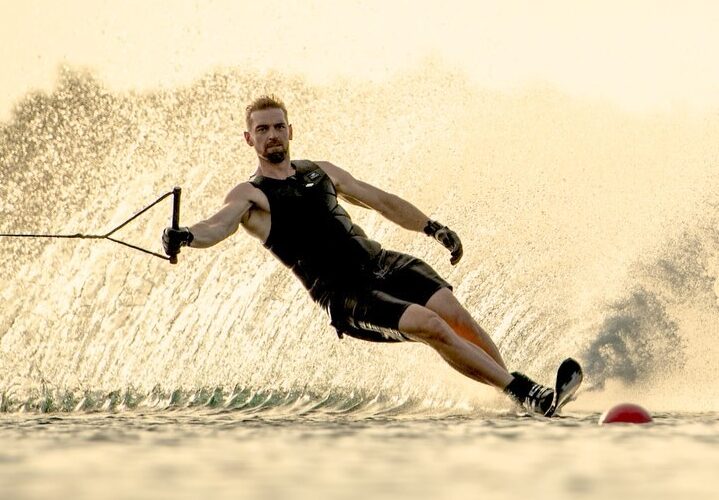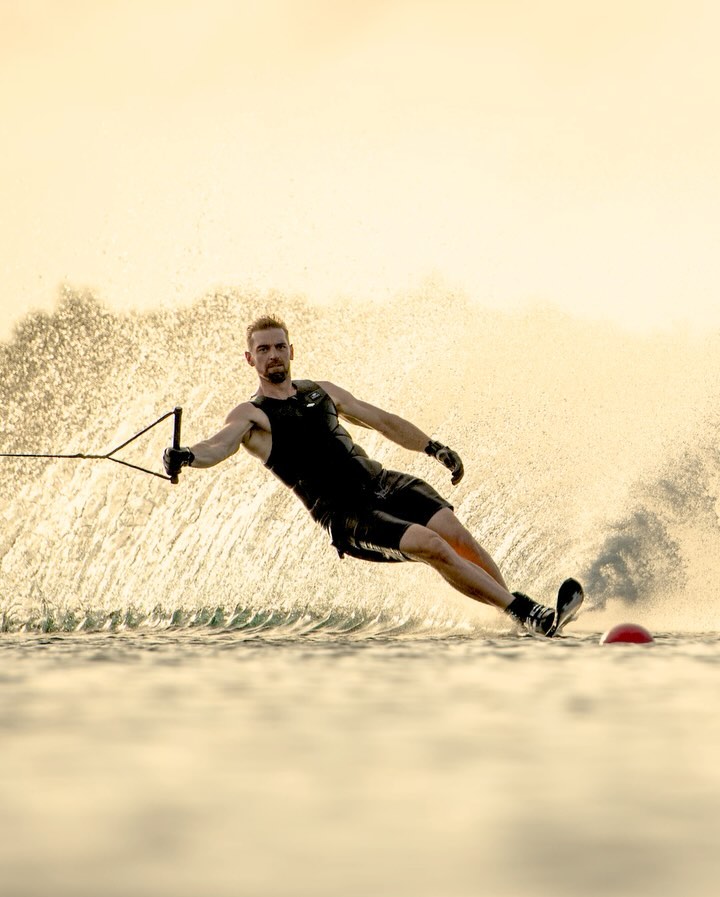What does it take to beat Erika Lang? Ask Neilly Ross
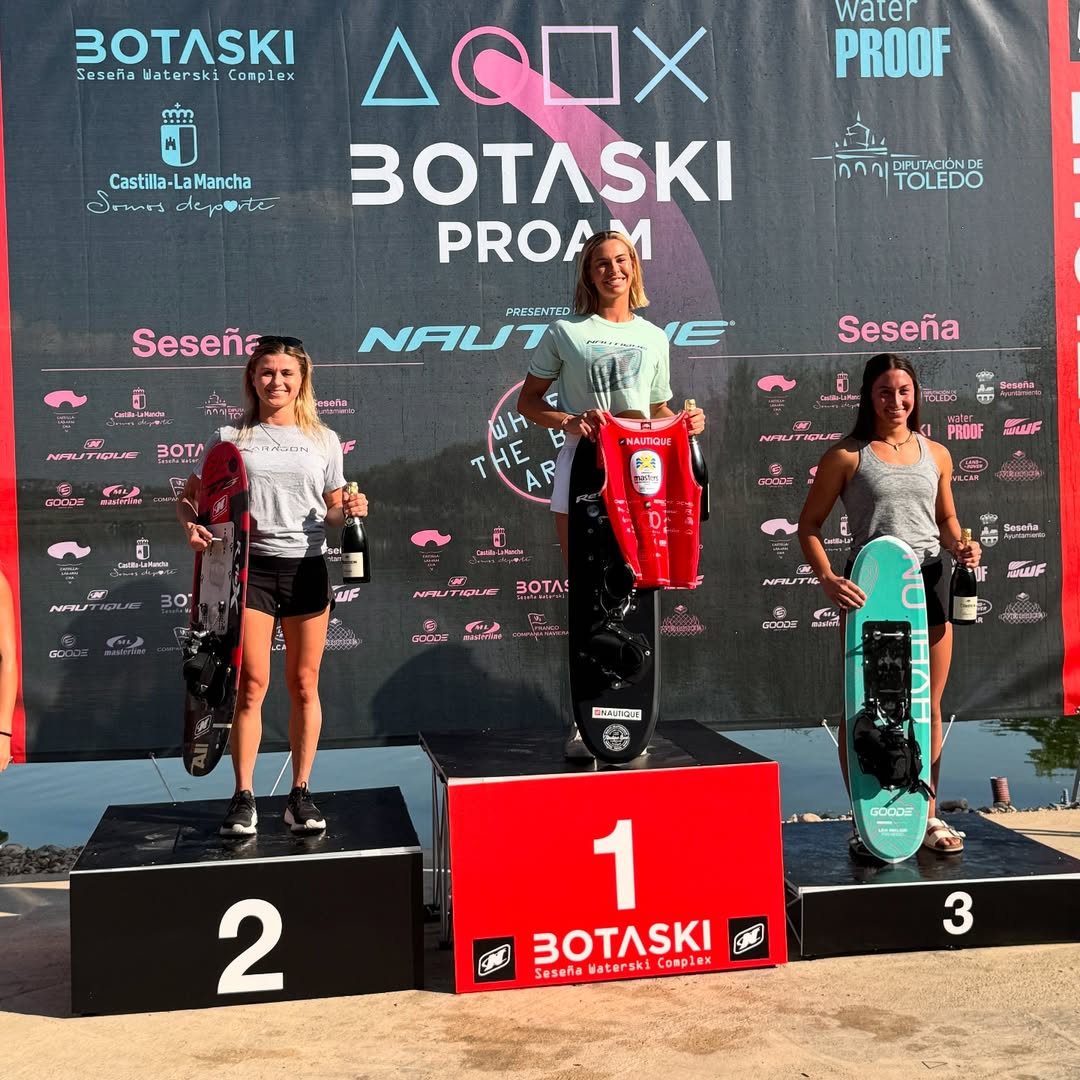
Image: @erikalang36
By Jack Burden
SESEÑA, Spain — In the sweltering summer sun of central Spain, the 2025 BOTASKI ProAm may have just delivered the most dramatic women’s trick final in living memory — and perhaps the most significant result yet in the escalating rivalry between Erika Lang and Neilly Ross.
For most of the weekend, it looked like another Erika Lang masterclass. In the preliminary round, she tricked 11,450 points — her third pending world record in just two months. No woman had ever scored higher in any competition, professional or amateur. And yet, by the end of the weekend, Lang didn’t win.
Neilly Ross did.
The 24-year-old Canadian, who hadn’t beaten Lang or Anna Gay in a professional event in over three years, delivered a flawless final. Her score: 11,430 — tying the official world record she set last year and throwing down the gauntlet in what is becoming the defining rivalry of modern trick skiing.
That single moment flipped the script. For Lang to win, she would need another world record — not just to match her earlier performance, but to do it again, under pressure, with the title on the line.
She very nearly did.
Lang landed every big trick, running the same sequence that earned her 11,450 just a day earlier. But somewhere, in the dying seconds of a near-perfect hand pass, a minor sideslide — worth just 40 points — drew scrutiny. Judges ruled it incomplete. Her score dropped to 11,410. Twenty points short. Game over.
In any other era, 11,410 might have stood as a world record. At BOTASKI, it wasn’t enough to win.
It’s the closest a pro final has come to the world record since 2002, when Emma Sheers and Elena Milakova traded jumps — and history — at the Malibu Open. In a fitting parallel, the records and rivalry from that event helped define the next decade.
That the trick final even stole the spotlight is a story in itself. BOTASKI, now in its seventh edition, once again opted out of Waterski Pro Tour status — a decision that may have cost it international buzz. But with this final, it delivered a legacy moment anyway.
And perhaps, a changing of the guard.
Ross’s win doesn’t erase Lang’s dominance — not even close. Lang has won virtually everything over the past three seasons and turned scores once thought unreachable into something approaching routine. But the weight of this victory — Ross tying her own world record, beating Lang head-to-head, and ending a years-long drought — matters heading into the World Championships in August.
Frustratingly, this will be the last pro trick event before Worlds — a jarring contrast to the momentum the discipline has built in recent months. No more finals. No more record attempts. Just the long wait until Labor Day weekend, when Lang and Ross will meet again with a world title on the line and the rivalry entering its most anticipated chapter yet.
While the Lang-Ross showdown took top billing, the rest of the BOTASKI ProAm delivered its share of fireworks.
Jake Abelson continued his breakout season with another major win in men’s tricks, landing three scores over 12,400 — the kind of consistency once unimaginable. He held off Patricio Font, who also tricked over 12,000 in both prelims and finals, in what’s quietly becoming the premier head-to-head battle in men’s tricking.
In slalom, Jaimee Bull and Freddie Winter both looked untouchable, each picking up another win in what’s shaping into a dominant season. For Winter, it adds another notch to what may be one of the greatest injury comebacks in the sport’s history. For Bull, it reinforces her status as the most complete slalom skier on the women’s side — and continues her undefeated run through the European professional summer.
It’s rare for trick skiing to hold the spotlight this long. In a sport where slalom typically dominates coverage and prize money, the Lang-Ross rivalry has done more than bring attention back to tricks — it’s made it must-watch. Not just because of the scores, but because of the stakes. The pressure. The emotion.
Lang remains the most successful woman in trick skiing’s modern era. But for the first time in years, she has a rival who can match her, beat her, and push the sport forward in a new direction.
If this is what trick skiing can look like — tense, technical, thrilling — then maybe the question isn’t whether it deserves more attention.
Maybe the question is: why did it take this long?
